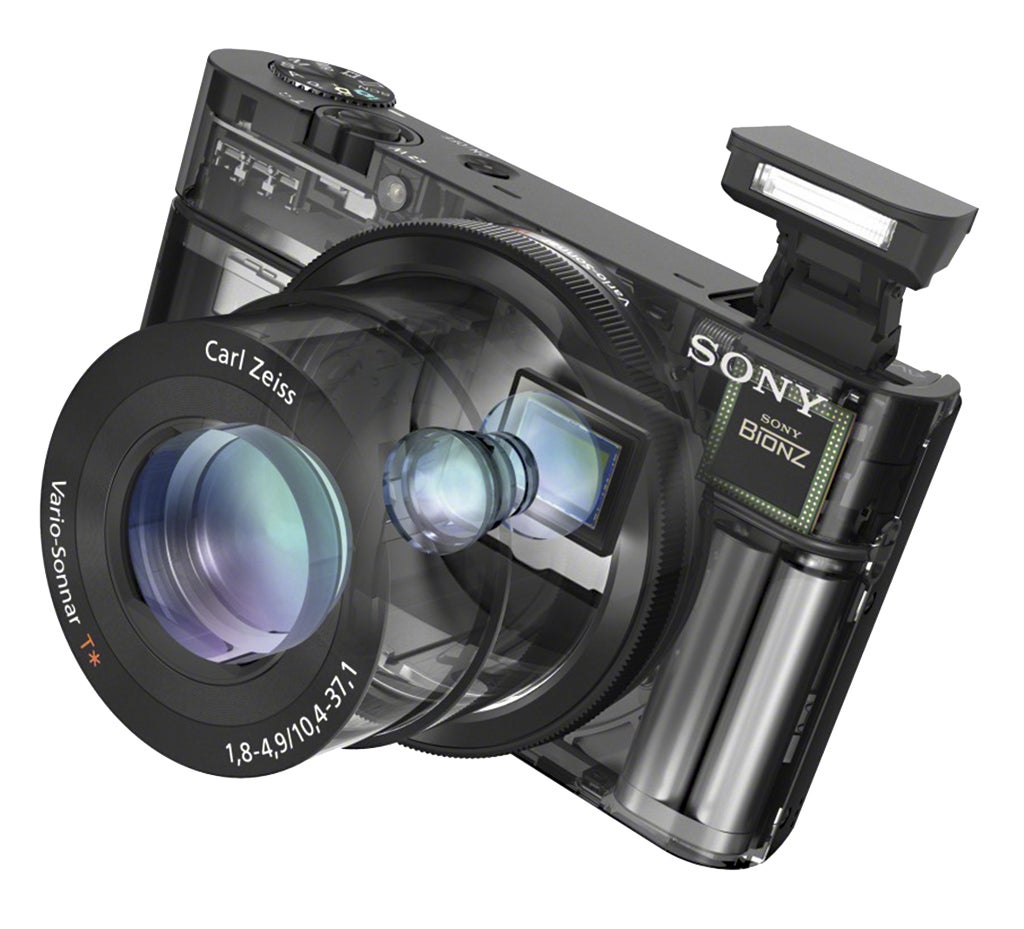Bob Newman looks at the 1in-format sensor, which comes into its own when you want creative control
Over the last few years a new sensor format has achieved prominence. Previously, the stock sensor sizes for digital cameras were1/2.4in (4.55 x 6.17mm); 1/1.7in (5.32 x 7.18mm); four thirds or 4/3in (13 x 17.3mm); APS-C (about 15.6 x 23.6mm); and full frame (24 x 36mm); plus a number of larger medium-format sensor sizes.
Two of the formats are close to old cine camera frame sizes – APS-C is about the same size as the 35mm movie frame, while 1/2.4in is similar to the 8mm format. The reason is quite simple. The confusing ‘inch’ sizes refer to the outside diameter of a vidicon TV pickup tube with a corresponding image size – these tubes were made with frame sizes to match existing movie lenses.
There is one cine format missing, the 16mm, probably the most ubiquitous. Big-budget films used 35mm, while TV films, news gathering and lower-budget films used 16mm, which translated to a vidicon size of 1in. It is this 1in size, with a frame measuring 8.8 x 13.2mm, that first saw use in the Nikon 1 series of compact system cameras. It was picked up by Sony in the Cyber-shot RX100 high-end compact, and has now been used by Panasonic in its recent Lumix DMC-FZ1000. The format’s time seems to have come, so it’s worth thinking about its attraction for camera designers.
In my youth, one could discern three main classes of ‘miniature’, or 35mm, cameras. The first were the top-level cameras, marked out by very ‘fast’ lenses: f/1.4 to f/2. These allowed both extreme depth-of-field control and were usable in lower light than lesser cameras. Next were enthusiast cameras, with lenses offering an aperture of between f/2.8 and f/4. These allowed some control of depth of field and were usable in most outdoor conditions. Then there were the snapshot cameras with lenses in the range of f/11 to f/16. These had such deep depth of field that they were effectively ‘fixed focus’ (before the days of autofocus) but the cameras were only usable in sunny conditions.
While the 1in-format sensor can’t replicate the performance of the top-level cameras in terms of depth of field (it surpasses them for low-light performance), it can match the old-time enthusiast camera. So, for a photographer that wants creative control, mixed with a compact package and possibly an extended zoom range, the 1in format comes into its own.






